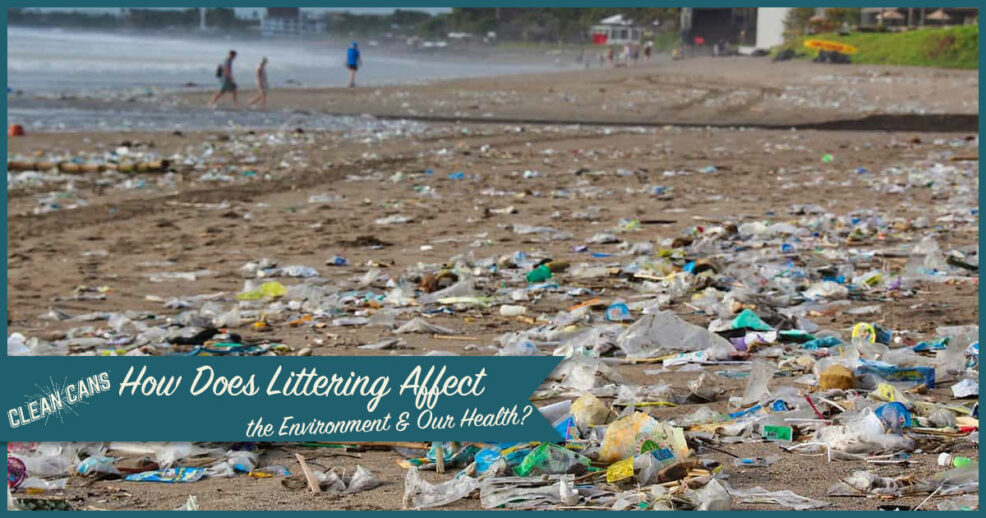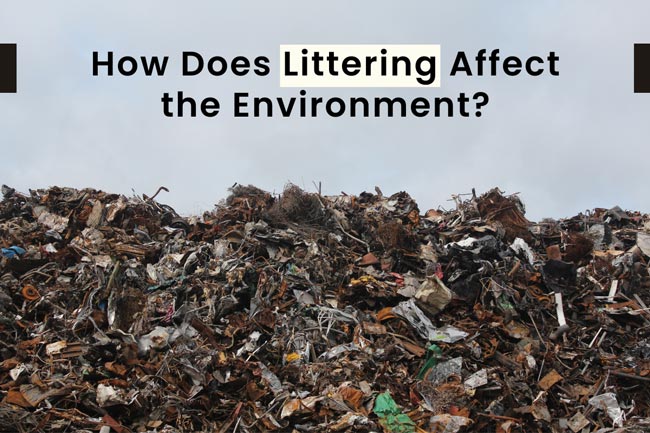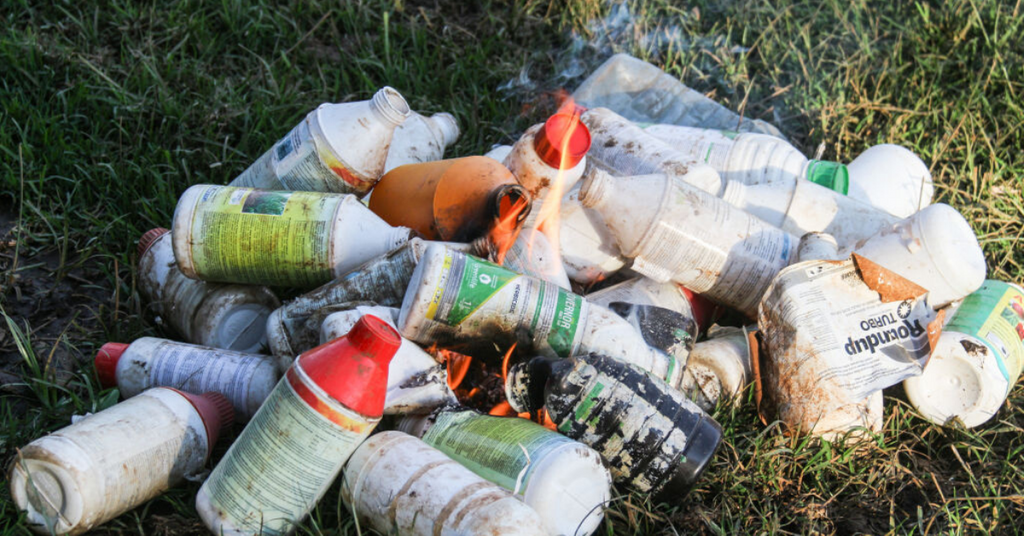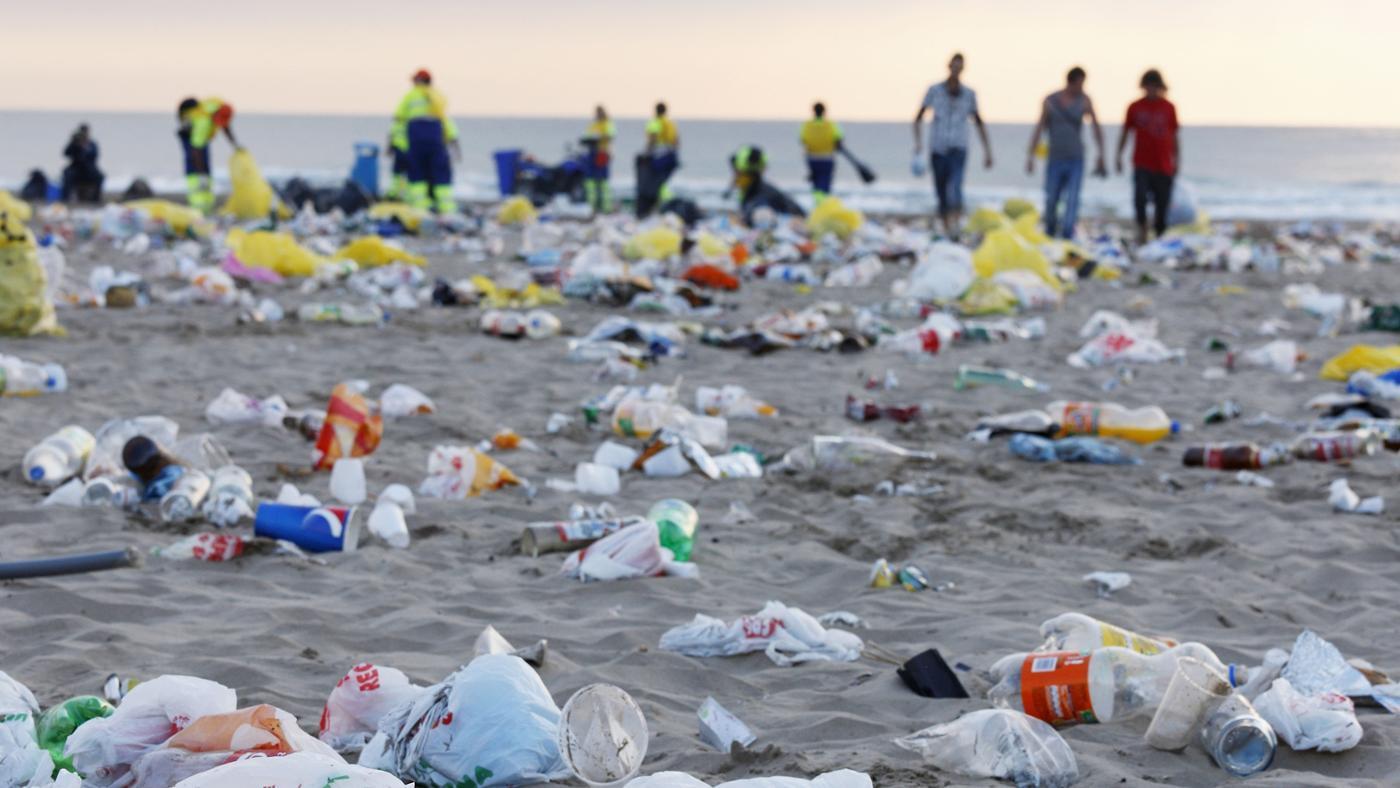Why Is Littering Bad For The Environment
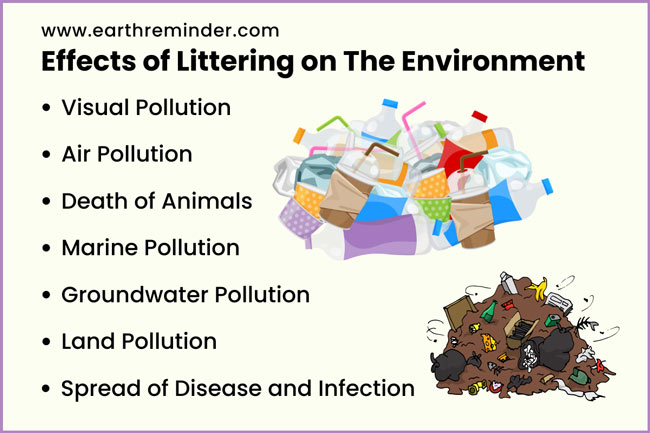
One of the most frustrating issues homeowners face is a heating system that’s blowing cold air, or a cooling system that’s blowing warm air. It’s a simple problem with potentially complicated causes. Let's break down a systematic approach to diagnosing and potentially fixing this issue yourself, saving you time and money. We'll focus on gas furnaces for heating examples, as they are very common.
Step 1: Initial Assessment - No Tools Required
Before you grab any tools, let’s start with some basic, no-tool-required checks.
1. Thermostat Settings: The Obvious Culprit
This might sound trivial, but it’s the most common mistake. Make sure your thermostat is set to HEAT (for heating) or COOL (for cooling) and that the desired temperature is significantly higher (for heat) or lower (for cooling) than the current room temperature.
Double-check the program schedule. Is it possible the thermostat is programmed to be off or set to a drastically different temperature during the time you’re experiencing the problem? Many smart thermostats have complex schedules that can be easily overlooked.
2. Check the Power Switch
Locate the power switch for your furnace (usually on the side of the unit, near the bottom). It looks like a standard light switch. Make sure it's in the ON position. Sometimes these get accidentally switched off.
3. Air Filter Inspection
A dirty air filter is a major cause of heating and cooling problems. A clogged filter restricts airflow, causing the system to work harder and potentially overheat or freeze up. Locate your air filter (usually in the furnace itself or in a return vent). Remove it and visually inspect it.
If the filter is visibly dirty (covered in dust and debris), it needs to be replaced. Even if it *looks* only slightly dirty, if it's been a while since you changed it, replace it anyway. A clean filter is crucial for efficient operation.
4. Check the Vents
Walk through your house and check the vents. Are any blocked by furniture, rugs, or curtains? Obstructed vents can restrict airflow and reduce the effectiveness of your heating/cooling system.
Feel the airflow coming from each vent. Is it consistent throughout the house, or are some vents barely blowing air? Inconsistent airflow can indicate ductwork issues (which often require professional help).
Step 2: Basic Troubleshooting - Minimal Tools Required
If the initial checks didn't reveal the problem, let's move on to some basic troubleshooting that requires minimal tools (a screwdriver and possibly a flashlight).
1. Furnace Blower Compartment Door Safety Switch
Most furnaces have a safety switch that prevents the unit from operating when the blower compartment door is open. Ensure the door is properly closed and the switch is engaged. Sometimes the door can be slightly ajar, or the switch can be faulty. Never bypass this safety switch! That's extremely dangerous.
Turn off the furnace using the power switch we checked earlier before inspecting the door and switch. Gently push the door closed and ensure it's securely latched. Then, turn the power back on and see if the furnace starts up. If it still doesn't, the safety switch itself might be malfunctioning (this is usually a job for a professional).
2. Check the Circuit Breaker
Locate your electrical panel and check the circuit breaker for your furnace. It should be labeled. Make sure the breaker is in the ON position. If it's tripped (in the OFF or middle position), reset it by switching it fully to the OFF position and then back to the ON position.
If the breaker trips repeatedly, there’s a more serious electrical problem that requires professional attention. Do *not* keep resetting the breaker. Continuing to do so can damage your furnace or create a fire hazard.
3. Pilot Light/Ignition (Gas Furnaces Only - Use Extreme Caution!)
If you have a gas furnace, check the pilot light (or the ignition system). Proceed with extreme caution, as you're dealing with flammable gas. If you smell a strong odor of gas, immediately evacuate the house and call your gas company or the fire department.
Older furnaces have a standing pilot light. Look for a small flame near the burner. If the pilot light is out, follow the manufacturer’s instructions on how to relight it. These instructions are usually printed on a label near the pilot light assembly.
Newer furnaces have electronic ignition systems. You might hear a clicking sound as the igniter tries to light the burners. If the igniter fails to light the burners after a few attempts, there might be a problem with the igniter, the gas valve, or the flame sensor. These issues typically require professional diagnosis and repair.
4. Condensate Drain (Air Conditioners and Heat Pumps)
For air conditioners and heat pumps (when in cooling mode), check the condensate drain line. This line carries away the water that condenses during the cooling process. If the drain line is clogged, water can back up and trigger a safety switch that shuts down the system.
Locate the condensate drain line (usually a PVC pipe near the indoor unit). Check for any obvious obstructions, such as algae growth or debris. You can try clearing the line with a wet/dry vacuum or a stiff wire. Be careful not to damage the pipe.
Step 3: When to Call a Professional
If you’ve tried the above steps and your heating or cooling system is still not working properly, it’s time to call a qualified HVAC technician. There are several situations where DIY repairs are not recommended or are outright dangerous.
1. Refrigerant Leaks (Air Conditioners and Heat Pumps)
Refrigerant is essential for the cooling process. If you suspect a refrigerant leak (e.g., ice buildup on the coils, weak cooling performance), do not attempt to fix it yourself. Refrigerant is a hazardous substance, and handling it requires specialized equipment and training. Refrigerant leaks also indicate a potentially serious problem with the system's sealed components.
2. Gas Leaks (Gas Furnaces)
As mentioned earlier, if you smell gas, evacuate the house immediately and call your gas company or the fire department. Gas leaks are extremely dangerous and can lead to explosions or carbon monoxide poisoning. Do not attempt to locate or repair a gas leak yourself.
3. Electrical Issues
Working with electricity can be dangerous if you’re not properly trained. If you suspect an electrical problem (e.g., a blown fuse, a tripped circuit breaker, a burning smell), do not attempt to diagnose or repair it yourself. Call a qualified electrician or HVAC technician.
4. Complex Component Failures
If you suspect a problem with a major component of your system (e.g., the compressor, the heat exchanger, the blower motor), it’s best to leave the diagnosis and repair to a professional. These components are complex and require specialized tools and knowledge to repair or replace.
5. No Improvement After Basic Troubleshooting
If you've gone through all the steps outlined above and your system is still not working, it's a sign that the problem is likely more complex than you can handle on your own. Don't waste more time and effort trying to fix something that's beyond your expertise. Call a professional HVAC technician for assistance.
Confidence and Safety
Remember, the goal of this troubleshooting guide is to empower you to identify and fix simple problems yourself, saving you time and money. However, safety should always be your top priority. If you're ever unsure about a step, or if you suspect a more serious problem, don't hesitate to call a qualified HVAC technician.
By following these steps and knowing your limitations, you can confidently diagnose and potentially fix common heating and cooling problems, keeping your home comfortable and your wallet happy.
